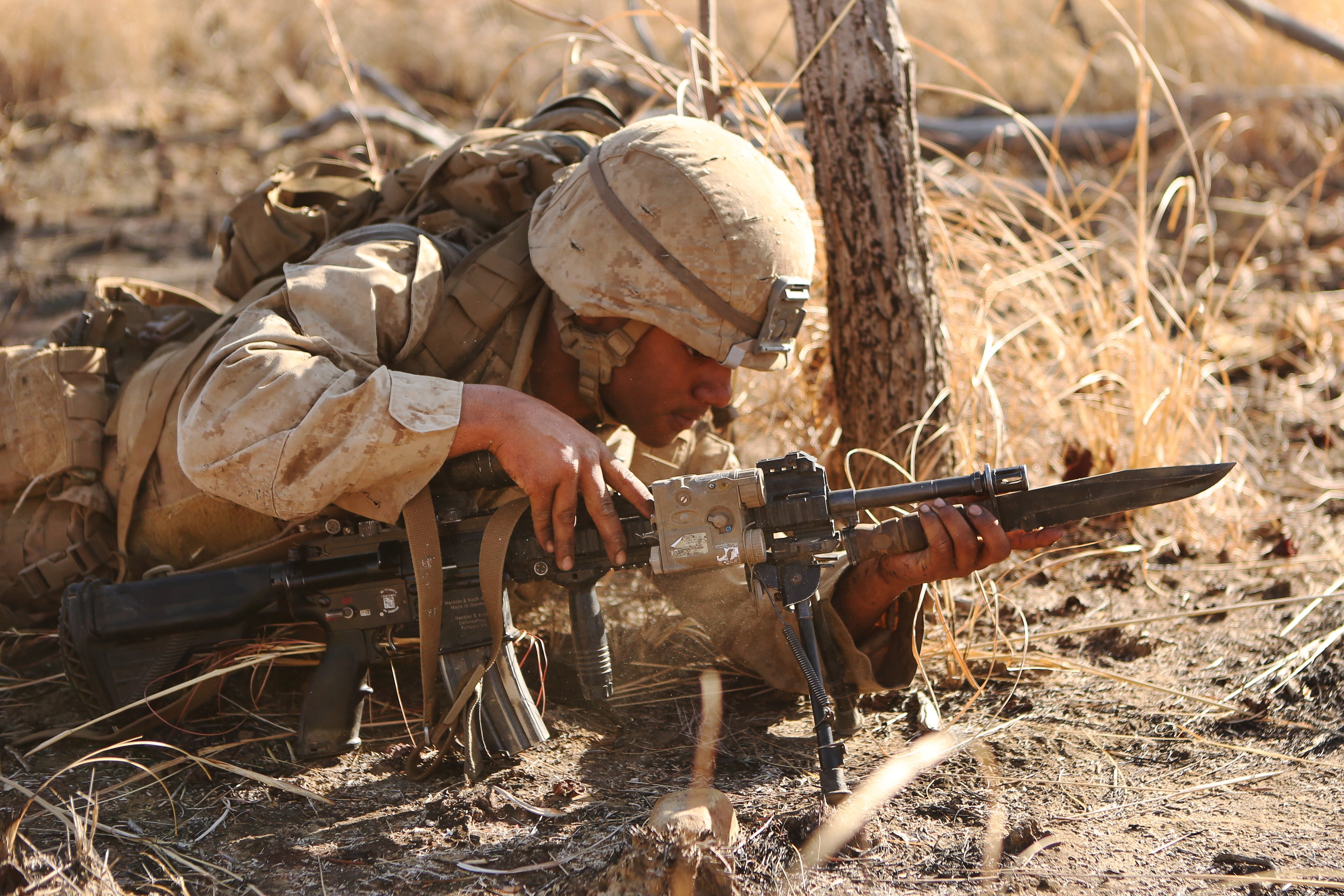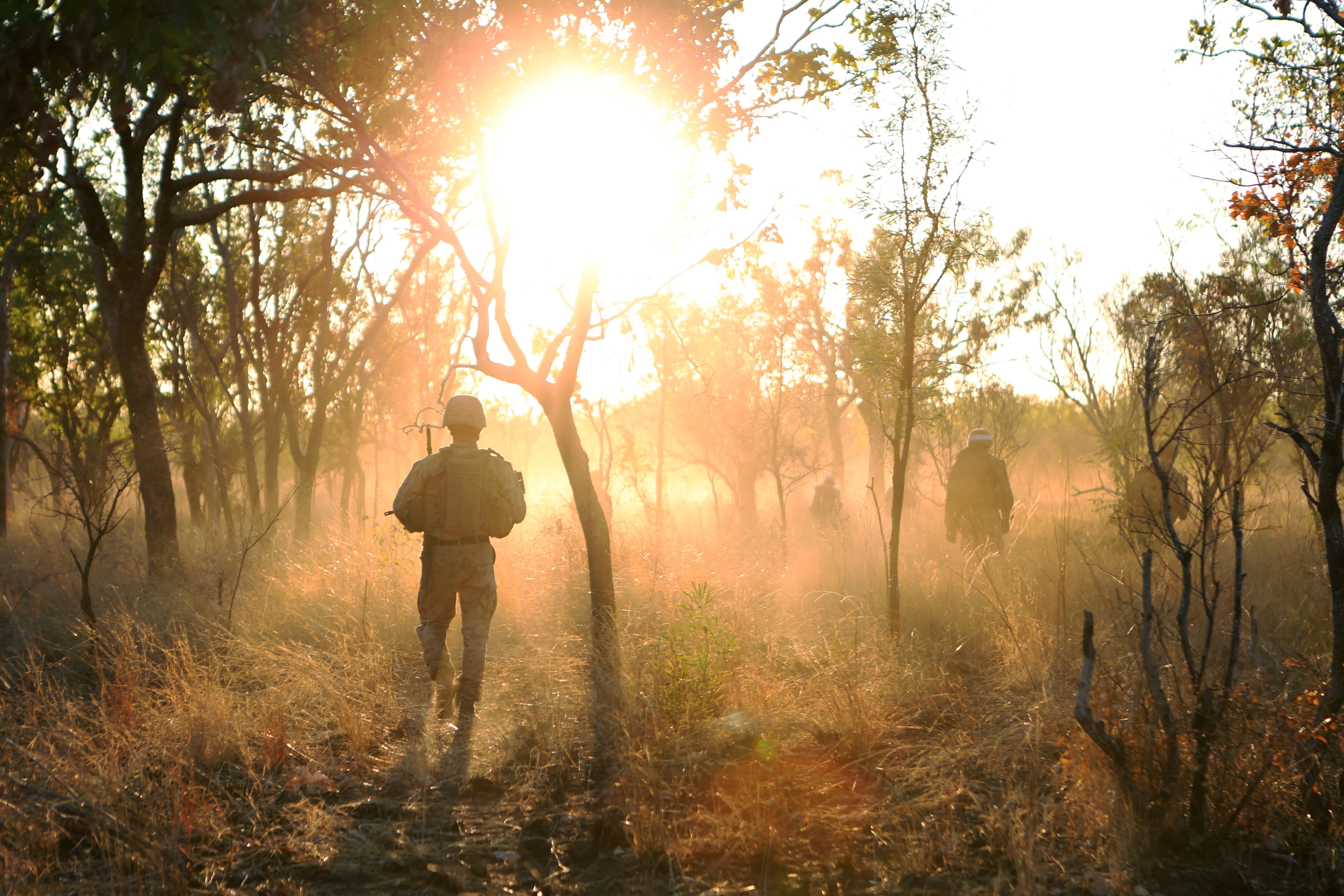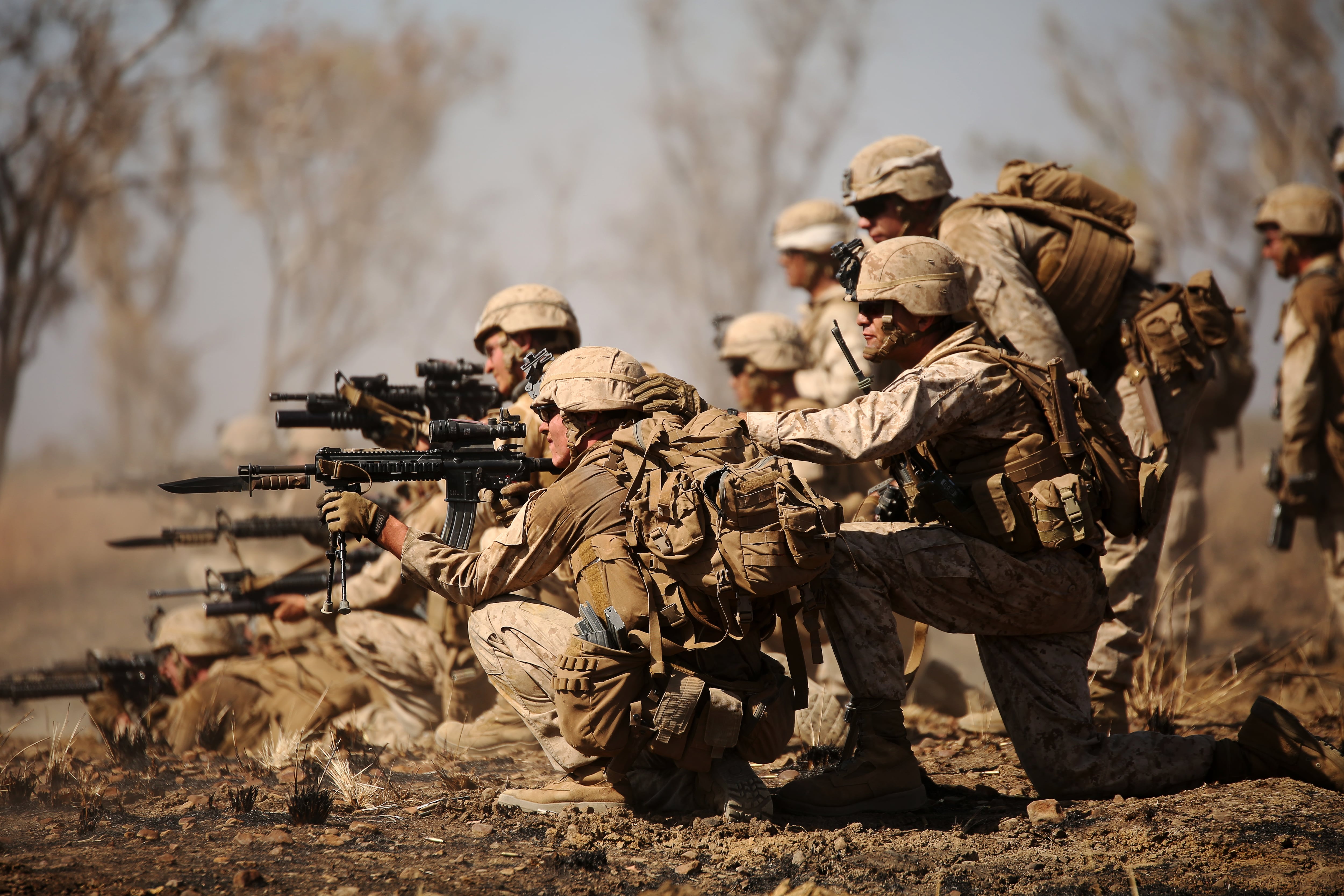Marines are training in more parts of Australia than at any time since six-month rotations to the continent began in 2012.
During last month's Exercise Hamel, about 600 of the 1,250 Marines in Australia spent about three weeks in South Australia's Cultana Training Area, marking the first time any Marines have been there, said 1st Lt. Sarah Rhodes, a spokeswoman for Marine Rotational Force–Darwin.
In another first, Marines are using UH-1Y Venom helicopters to provide close-air support for Exercise Koolendong, the last major exercise of a six-month rotation, Rhodes told Marine Corps Times. It is also the first time that French troops based in New Caledonia have taken part in the event.
Originally, Marine Heavy Helicopter Squadron 463 was also supposed to be part of the rotation, but the head of Marine Corps Forces Pacific pulled HMH-463 from going to Australia after two of the unit’s CH-53E Super Stallions crashed in January, killing 12 Marines.
Having the attack helicopters allows the Marine Air-Ground Task Force to practice putting supporting troops on the ground with the Australian Army Aviation Corps, said Maj. Justin Sharpe, operations officer for the rotation.

Lance Cpl. Andre Montano, an infantryman with Company B, 1st Battalion, 1st Marine Regiment, fixes his bayonet on his rifle before attacking a simulated enemy objective at Bradshaw Field Training Area, Northern Territory, Australia Aug. 10, 2016
Photo Credit: Sgt. Sarah Anderson/Marine Corps
"Close-air support: That’s the big piece that the Hueys bring that our 53s didn’t have in the last couple years," Sharpe said. "Hueys, obviously, have a little more limited lift capability for air assault-type operations but they’ve got forward-facing guns and rockets that they bring to the fight."
Since arriving in Australia in April, Marines have spent a lot of time outside of Darwin. About 180 Marines and sailors spent a week aboard Australian landing helicopter dock Adelaide, marking the first time U.S. and Aussie troops had gone to sea together since World War II.
There have been other opportunities for exchanges during live-fire and non-live-fire training, Sharpe said.
"Part of that is just a simple exchange of Australian soldiers for our Marines, giving them a chance to cross-train a little bit, both training in rifle companies as well as some of our mortar sections [and] our snipers that we have out there with them," he said.
While the other U.S. military services have rotated through Australia, the Marine Corps is unique because it brings all of the capabilities of the Army, Navy and Air Force in one package, Sharpe said.

Marines with Company B, 1st Battalion, 1st Marine Regiment, walk through a forest toward a simulated enemy objective at Bradshaw Field Training Area, Northern Territory, Australia Aug. 10, 2016.
Photo Credit: Sgt. Sarah Anderson/Marine Corps
"Bringing the MAGTAF, demonstrating how we do combined arms, how we plan, how we sustain the force out here in a very light configuration, that’s what the Marine Corps brings to the fight," he said. "I think the Australians appreciate it."
The Australians have been most interested in learning from the Marines how to conduct air assaults, Sharpe said.
"They’ve basically taken everything they learned from the MRF last year … in air assault operations and made some very minor changes – changed some of the verbiage that they used – and copied exactly how we plan for and execute air assault operations," he said. "That’s a big one for them that they’re really taking on board," Sharpe said.
The Australians have also shown that they are very good at soldiering and field-craft, he said. "I think they do a very good job at the individual and small-unit level of training proficiency for their guys," Sharpe said. "Quite often, they’re out there hiking around. The capability they bring at that level I’ve been pretty impressed with."
Even though he’s on his first rotation to Australia, Lance Cpl. Brandon Gallagher got a heads up about what to expect from his father and uncle, both of whom went to Australia when they were in the Marine Corps, he said.

Marines with Company B, 1st Battalion, 1st Marine Regiment, attack an objective during a live-fire range movement at Bradshaw Field Training Area, Northern Territory, Australia Aug. 10, 2016.
"Australia is one of the hardest places to get them to stop talking about," said Gallagher, also of 1st Battalion, 1st Marines. "They love Australia. They talk about all the great things they did here with the Australians."
Gallagher told his fellow Marines that the Australians are a very hospitable people and he has been proved right.
"They’re constantly asking us: ‘Hey, do you guys want to do something this weekend? Do you want to do something when we get off work? Do you want to go play basketball? Do you want to go to the gym? Do you want to get something to eat?’" Gallagher said.
The Marines and Australians share a common language and pride in their countries, allowing them to joke with each other in ways that the Marines cannot do with other partner nations, he said.
In addition to training with Australian troops, the Marines also get the chance to visit local schools, where students are "extremely excited" to see them, Gallagher said. In addition to giving the Marines high-fives and hugs, the students pepper the Marines with questions.
"Someone asked: ‘Are you going to save Australia?’" Gallagher said. "My response was: With the Australian military, if we need to, we should be able to."




